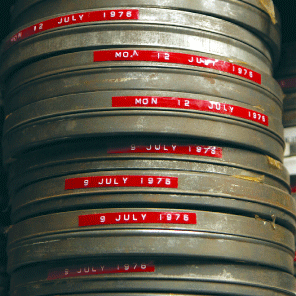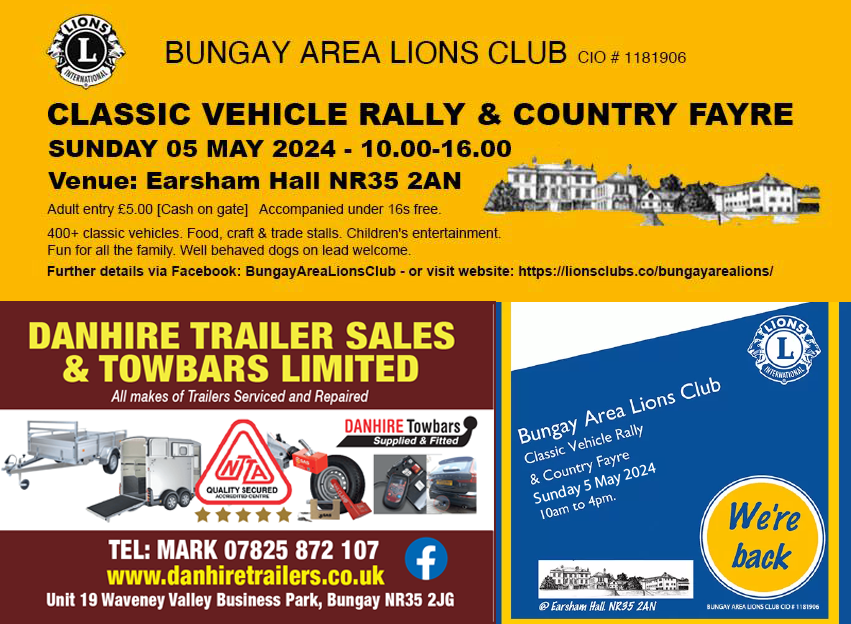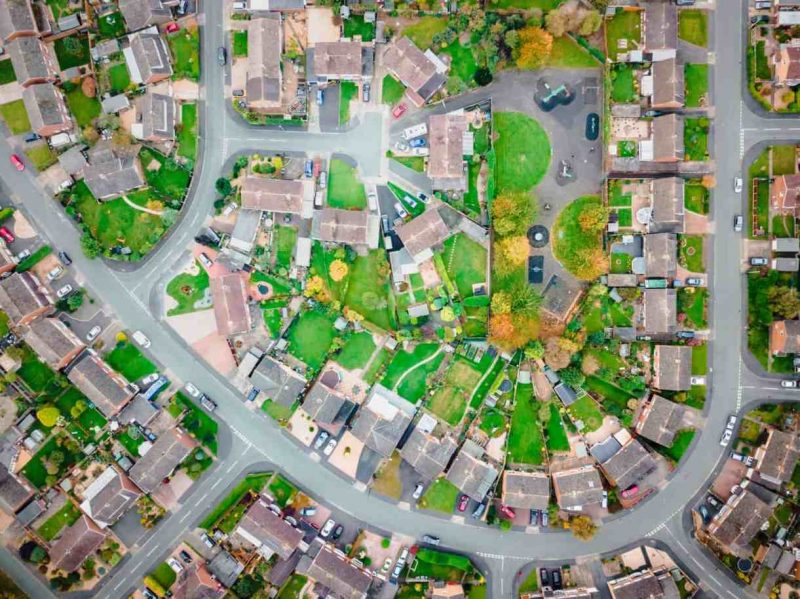The rapid development of technology over the past 20 years could easily eclipse our memories of how we lived and worked in previous centuries. But the East Anglian Film Archive has a wealth of material capturing life as it was. – Neil Haverson, of Lets Talk magazine, went along to find out more.
 Film Archive director Richard Taylor checks out video tapes stored in one of the air-conditioned vaults
Film Archive director Richard Taylor checks out video tapes stored in one of the air-conditioned vaultsIt must be impossible to estimate how many miles of film there are in the cans and cases stored in the air-conditioned vaults of the East Anglian Film Archive. Established in the mid-Seventies, it has been steadily gathering film, much of it donated. The contents of the shelves swelled significantly with the acquisition of collections from both Anglia TV and BBC East. The Archive also holds the internationally recognised film library from 1932 to 1970 of the Institute of Amateur Cinematographers.
“With the Anglia collection alone we have around 100,000 items,” says EAFA director Richard Taylor. “They are a public record not necessarily works of art.”
The Archive was started by David Cleveland in 1976 who ran it until he retired in 2004. “David’s father sold agricultural machinery in the Fifties, “Richard explains. “His father used films for demonstration and David was always interested in these. David became a cinema projectionist and went on to train at the BBC. He moved to the audio visual department at the University of Essex and it was here that he established the Archive. He had vision; he thought that one day the material would be useful in education. He was far-sighted. He came to the UEA in 1979 and gave the collection to them in 1984.”
In 2003 the Archive moved to a £7.5 million pound centre at County Hall in Norwich, also the home of the Norfolk Record Office.
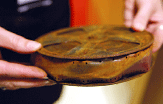 Films range from amateur home movies to the professionally shot films and videotape from the local TV stations. Looking down the subject list the whole spectrum of East Anglian life is there for future generations to enjoy. There’s everyday life in town and countryside; industry, transport, health, tourism, welfare, education and, of course, the region at war.
Films range from amateur home movies to the professionally shot films and videotape from the local TV stations. Looking down the subject list the whole spectrum of East Anglian life is there for future generations to enjoy. There’s everyday life in town and countryside; industry, transport, health, tourism, welfare, education and, of course, the region at war.
In addition the Archive holds related documents including 2,000 editions of the Eastern region edition of the TV Times from 1959. Audio recordings have been made of the reminiscences of the film-makers to compliment the collection.
The Archive has supplied film for the ITV series The Way We Were. The programme has proved highly popular and been replicated by other ITV regions. The earliest film was shot 1896 showing trawlers leaving Yarmouth harbour. Other early images include Norwich Streets in 1902, Bury St Edmunds Great Historical Pageant 1907 and the fleet at Southend in 1909. Items from national newsreels such as Pathe and Gaumont illustrate life in Eastern England from1910 to the 1950s. We cover six counties,” says Richard Taylor. “We’re best known for Suffolk Norfolk but we are building up material for Bedfordshire, Cambridgeshire, Essex and Hertfordshire.”
The EAFA can transfer most gauges of film to most video formats as well as copy film to computer hard drives. Says Richard Taylor: “Film is a fantastic medium, keep it cool and dry and it will last for hundreds of years. Digitising is not seen as a form of preservation; it can shrink.”
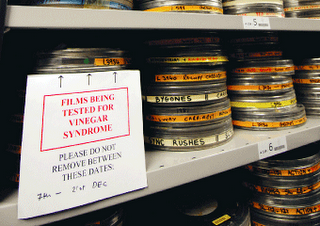 Deterioration of a film is established by the process of vinegar testing, so called because of the odour emitted. A piece of litmus paper is placed in the can to determine the acidity. A decision has to be taken whether to preserve the film or transfer the “infected” stock to durable polyester.
Deterioration of a film is established by the process of vinegar testing, so called because of the odour emitted. A piece of litmus paper is placed in the can to determine the acidity. A decision has to be taken whether to preserve the film or transfer the “infected” stock to durable polyester.
DVDs are proving a big hit
A proportion of the catalogue is on the Archive’s website but the plan is for the whole collection to be online in two or three years. Access Officer Amelia Worley is responsible for public and commercial access. “We supply film for the Way We Were and sometimes the BBC will ask for archive film to support a news item.
We also provide film to organisations like museums for exhibitions and we deal with individual queries.” At one time the EAFA staged film shows to local audiences in village halls around the region but lack of funding and time constraints have seen this disappear. Amelia says: “With funding from the Heritage Lottery and a digital archive in the pipeline it is hoped we can restart these.”
The Archive is non-profit making but needs money to fund its projects.In addition, running costs are high with four 24-hour temperature controlled vaults to maintain. However, the archive is tapping into its rich resources to raise money. The ten themed DVDs recently released have captured the public’s imagination and, to the delight of Business Manager Jane Gosling, are selling well. “They’re flying off the shelves. All the money we make will be reinvested.”
The DVDs are priced at £9.99. To find out more and see clips go to www.letstalk24.co.uk then follow link to the Archive’s website to buy. The DVDs are also available from some bookshops and Norfolk and Suffolk libraries. (And via the Waveney Valley Blog!)
To find out more about the East Anglian Film Archive’s work and services, telephone 01603 592664, e-mail
[email protected] or visit www.uea.ac.uk/eafa
 The Waveney Valley Blog will be featuring one DVD each week, which you will be able to purchase directly online from the www.timereel.co.uk.
The Waveney Valley Blog will be featuring one DVD each week, which you will be able to purchase directly online from the www.timereel.co.uk.


